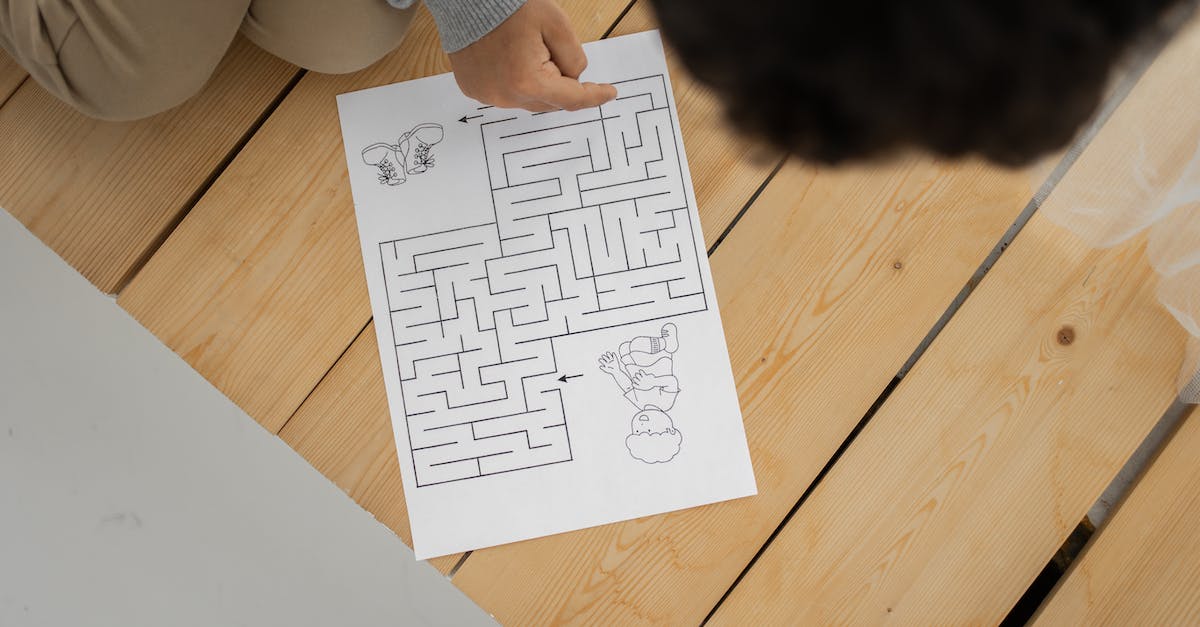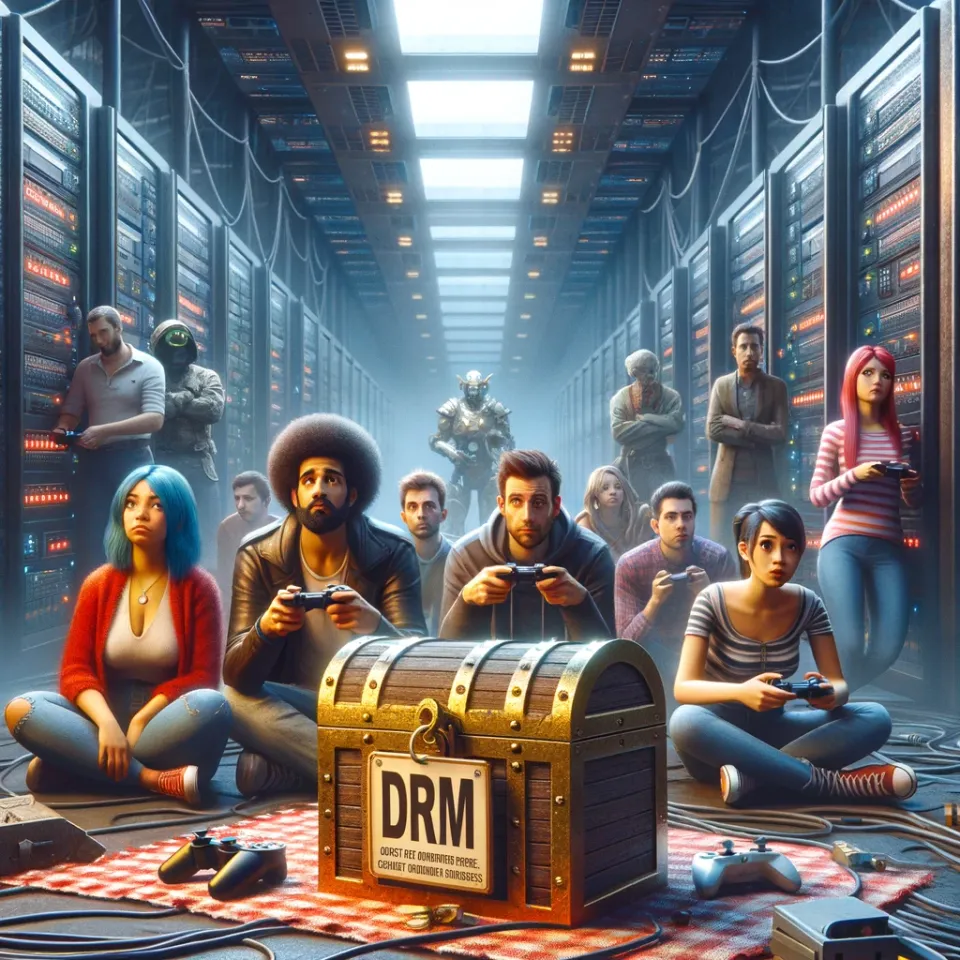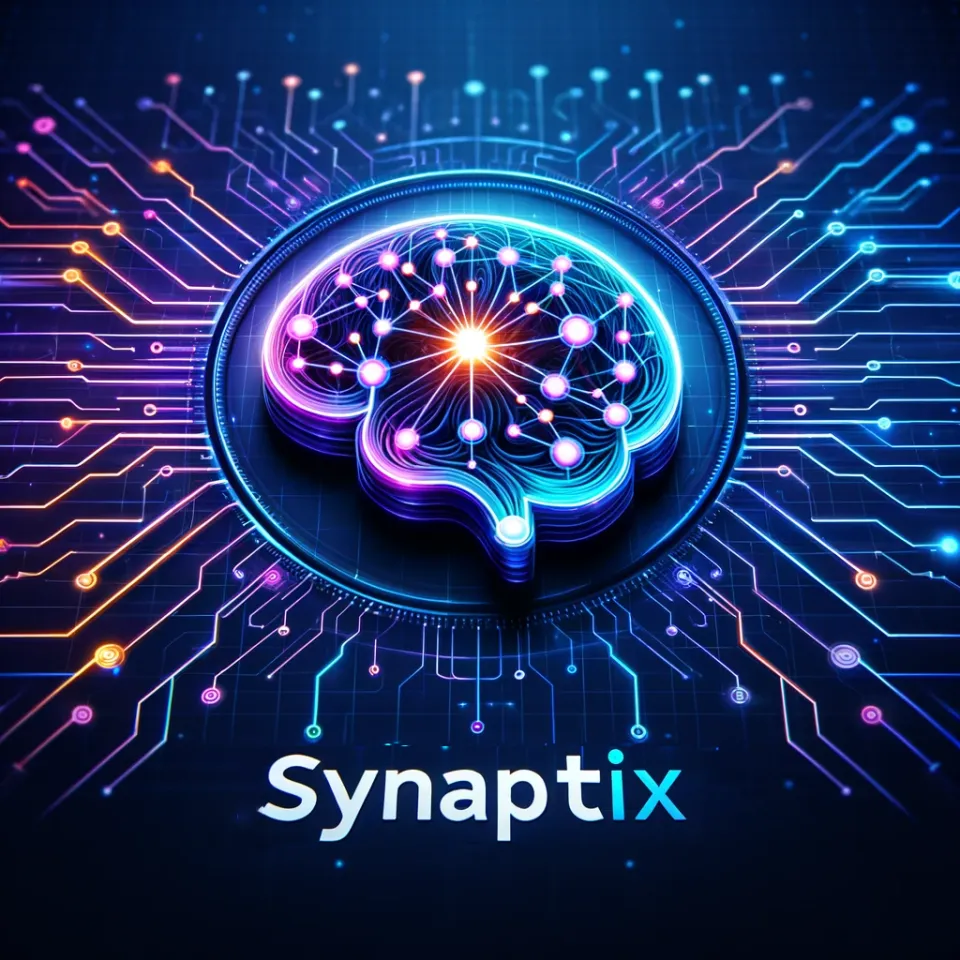Pigeons' Problem-Solving Mirrors Artificial Intelligence: Insights from a New Study

Introduction
Pigeons have often been associated with simple instincts and lack of intellectual capabilities. However, a recent study published in iScience challenges this perception by revealing similarities between pigeon problem-solving and artificial intelligence (AI) algorithms. This article delves into the findings of the study and highlights the remarkable ability of pigeons to learn and categorize visual stimuli. Furthermore, it explores how their problem-solving approaches align with those used by AI models.
Unlocking the Pigeon Algorithm
In the study, 24 pigeons underwent a series of visual tasks where they had to categorize different stimuli displayed on a screen. The researchers discovered that the pigeons became proficient in distinguishing categories within a matter of days or weeks. Importantly, their decision-making process was found to resemble the algorithms employed by AI models.
Learning by Trial and Error
Unlike humans or AI, pigeons do not rely on predefined rules or explicit instruction. Instead, they learn through trial and error. When given a visual stimulus, the pigeons used a process of comparison to identify similarities and classify new stimuli accordingly. This distinctive learning strategy enables pigeons to adapt and improve their decision-making abilities over time.
Consistency Over Speed
While pigeons may not demonstrate quick learning speeds, their effectiveness lies in their consistency. Edward Wasserman, the study’s co-author and professor of experimental psychology at the University of Iowa, suggests that pigeons’ natural algorithm is highly effective for learning complex tasks, even if it takes longer. This observation challenges the prevailing notion that speed is the sole determinant of successful problem-solving.
Pattern Recognition in Pigeons
The experiments revealed that the pigeons’ accuracy increased significantly as they encountered more challenging tasks. This parallels the main goal of AI models, which is to recognize patterns and make informed decisions. Pigeons possess the ability to identify similarities between objects and use this similarity function to categorize stimuli accurately. Hence, their problem-solving mechanisms align closely with those employed by AI systems.
Learning from Consequences
One intriguing aspect of pigeon behavior discovered through the study is their remarkable ability to correct errors. When pigeons made incorrect choices, without receiving a food pellet as reinforcement, they were able to adjust their subsequent decisions accordingly. This ability to learn from consequences is fundamental to both pigeons’ problem-solving approach and AI algorithms.
Implications for Artificial Intelligence
Brandon Turner, lead author of the study and professor of psychology at Ohio State University, suggests that by understanding the underlying mechanisms utilized by pigeons, a neural network or an artificial intelligent machine can solve complex categorization problems. The study’s findings prompt further exploration and potential applications of avian problem-solving approaches in the development and optimization of AI algorithms.
Conclusion
The discoveries made through this study challenge common assumptions about pigeon intelligence and underscore the remarkable problem-solving capabilities of these birds. By demonstrating striking similarities between pigeon behavior and AI algorithms, the research enhances our understanding of natural learning mechanisms and their potential applications in the realm of artificial intelligence. Going forward, examining pigeon algorithms may lead to new insights and innovations, contributing to the advancement of AI technologies.




